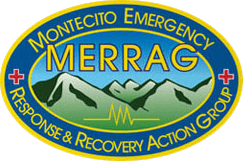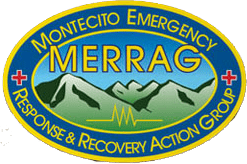Each Month we will list one simple thing you can do to be better prepared for Disaster. This month we’d like you to focus on Emergency Supplies.
The following information is provided by http://do1thing.com/. The mission of Do 1 Thing is to move individuals, families, businesses and communities to prepare for all hazards and become disaster resilient.
GOAL: Know how to respond safely when instructions are given to evacuate or take shelter.
Things to do
Below is a list of thing that you can do to achieve your goal this month.
Choose at least one, and complete it.
Identify the best storm shelter in your home and practice getting to the shelter with your family.
Choosing the best place in your home or workplace to shelter from a tornado isn’t always easy. Many newer buildings don’t have a really good shelter area. Use these rules of thumb to find the best tornado shelter possible:
- Stay away from windows and skylights
- Shelter “down and in” – Put as many walls between yourself and the outside as you can (think of the ceiling as a wall)
- Avoid rooms with large ceiling expanses
- Find an area large enough for everyone to stay comfortably for at least 45 minutes
If you live in an area prone to hurricanes, be prepared to protect your family and your property. Cover windows with plywood or hurricane shutters when a hurricane warning is issued–don’t use tape. If you are advised to evacuate, do so. Otherwise, stay inside and away from windows until the storm has completely passed.
Learn how to safely shelter in place.
In an emergency like a chemical spill, you may be told to “shelter in place”. This means to make the place where you are a safe place to stay until the danger has passed. Shelter in place orders are given when it would be dangerous for you to go outside.
Notification – Warning sirens may be used to warn people that it is not safe to be outside. Emergency responders may go door to door in the affected area. They may also use loudspeakers from police or fire vehicles to give instructions. Information will also be given over television and radio using the Emergency Alert System.
What to do in a hazardous materials incident – The first thing to do when a chemical spill or similar event occurs is to get information. Turn on the television or radio to find out if your area is affected and what steps to take. Never call 911 to get information about an emergency. Only call 911 if you are injured or need assistance.
If you are told to shelter in place you should close all doors and windows and shut off fans and air conditioners. Take your family to a room with as few doors and windows as possible. You may be told to put towels or tape around the cracks of the windows and doors. Follow emergency instructions carefully. Make sure you take a battery-powered radio with you so that you will know when the danger has passed. Power in your area may be shut off during the incident.
Make a Go Bag for emergency sheltering.
Emergency shelters will be opened when people are displaced from their homes. In most areas emergency shelters are operated by the American Red Cross. At the Red Cross Shelter:
Red Cross will provide
- A cot to sleep on
- Meals and bottled water
- A nurse for basic medical care
- Information about the disaster from public officials
You may need to bring
- Pillow and blanket
- Your own medication and medical supplies (or a list of what you are taking, dosage, and Dr’s names)
- Identification
- Change of clothes
- Cards or magazines
- Comfort items
Not allowed at the shelter
- Weapons or alcohol
- Pets (except for service animals)
In a disaster you may be asked to either evacuate or shelter-in-place. In the excitement of an emergency, it can be difficult to focus on what you are doing. Know what to do to keep your family safe. Practice your tornado and fire safety plans. If your family has practiced, they will be more comfortable doing it when the emergency actually happens.



